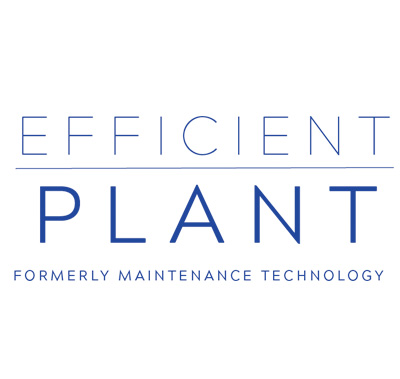Civil & Environmental Consultants Inc.
for
Efficient Plant
535 Plainfield Road, Suite A Willowbrook, IL 60527
Ph: 630.325.2497
www.efficientplantmag.com
Many types of industrial inspections have the potential to put workers in risky situations, i.e., needing to work from height or being exposed to dangerous materials or substances.
Consider these examples:
- A building’s windows are leaking heat, so you need a survey of the structure’s thermal signature to help avoid unnecessary financial loss.
- Recent storms may have caused damage to rooftop installations, including chimneys and radio masts, so you need to assess the extent of required repairs.
- There’s concern about fugitive emissions from a group of above-ground storage tanks, so you need data to ensure you’re not violating environmental laws.
These and other tasks can be performed in a way that is likely cheaper, faster, and safer, thanks to the smart use of aerial drones.
Recent advances in drone-adaptable sensory technology help companies detect and pinpoint gas or heat leaks, generate accurate bare-earth images through vegetated cover, or produce 3D maps of properties, among many other uses.
But where a drone really shines is in its ability to reduce health and safety risks. Simply put, drones can help keep workers out of unsafe situations. This matters, partly, because avoiding workplace hazards is the right thing to do. It also matters because workplace injuries carry a real financial cost. (Note: In the recruitment and retention of good workers, it helps if a workplace has a reputation for using the most advanced ways to keep workers safe.)
Employers need to protect their Total Recordable Incident Rate (TRIR), the resultant measurable that stems from an OSHA requirement to report workplace injuries. An unfavorable TRIR can result in difficult OSHA inspections, with the possibility of sanctions, fines, and orders to redesign workplaces and procedures.
Because of the severe consequences of health and safety problems, it makes sense to consider employee work situations for which drones may help avoid those problems.
Here are three examples:
- Working outside, exposed to various weather-related risks: Outside work in rainy or icy weather exposes workers to slipping hazards; hot weather can mean heat stroke and sunburn. The drone, by contrast, can be operated from a protected area.
- Working remotely, particularly alone: Situations in which workers must inspect a site on foot can be risky; drones can compile that information while the worker stays in a safe place.
- Working from height: Working from a ladder, hydraulic lift, or scaffolding exposes workers to fall risk. Visual inspection can be done from the ground with a drone, so that workers need to go up only if something needs to be fixed.
Rob Sinclair is corporate CADD technology manager at Civil & Environmental Consultants Inc., Pittsburgh. For more information, visit cecinc.com.
© 2018 Maintenance Technology. All Rights Reserved.
Date of publication: 8/17/18
Available online at: https://www.efficientplantmag.com/2018/08/drones-support-safer-inspections/


